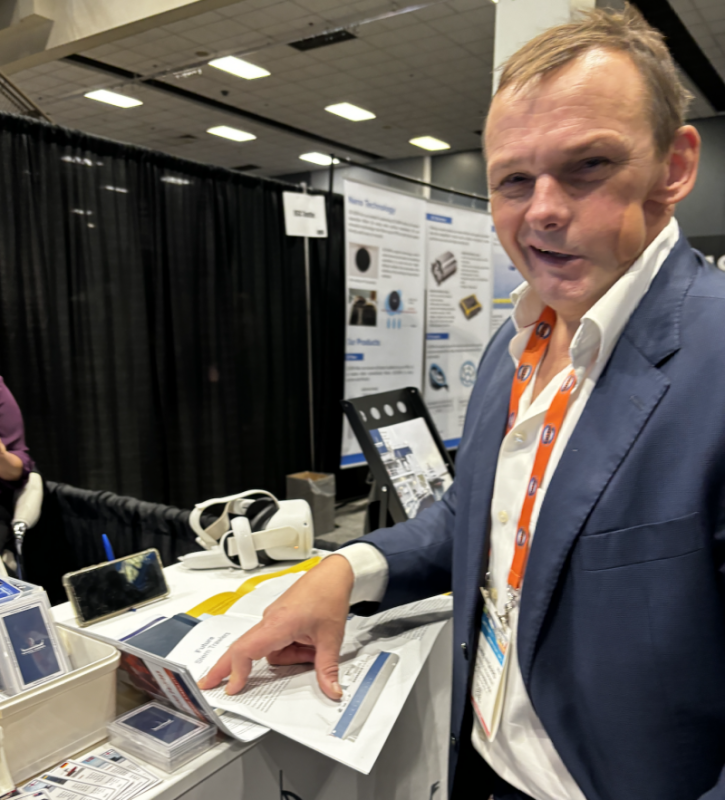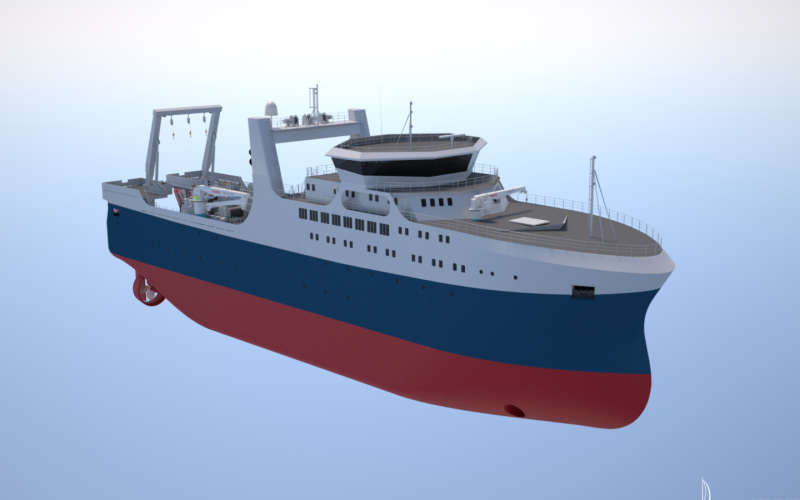Rasmus Nygaard, in charge of business development at the 86-year-old, Denmark-based, vessel design company Knud E. Hansen, is promoting a whole new approach to trawler design. “We’re thinking about the future,” says NyGaard.
To that end, the company has created a suite of designs for vessels, including trawlers, that utilize diesel/electric propulsion systems ready for hybrid set up, with large battery banks and potential for conversion to alternative fuels such as methane or ammonia.
Coupled with the innovative propulsion system, the Knud E. Hansen design for an 80-meter trawler features a high bulbous boat and hull lines that will increase flow to the propellers and rudders, and an open ballast keel with a 150-ton flow through. These and other design features are intended to reduce drag and fuel consumption while creating a more seaworthy and comfortable vessel.
But what distinguishes the Knud E. Hansen design is its focus on adaptability.
“You see here we have two propellers, each driven by two electric motors in tandem. These are powered by two 4,000 kW gensets,” says Nygaard. “The vessel is wider, 24 meters, so there is plenty of room for storage of alternative fuels, and the gensets are positioned so that they can be replaced with others that can run on those fuels.”
So far, Knud E. Hansen has seen its design for an aquaculture well boat built on similar design principles.
“On the well boat the generators are aft and located higher in the vessel, so that they can be easily replaced with alternative fuel engines. What we need for to build the trawler, I think, is a someone, or a group, to see the direction the industry is going and prepare for it.”








